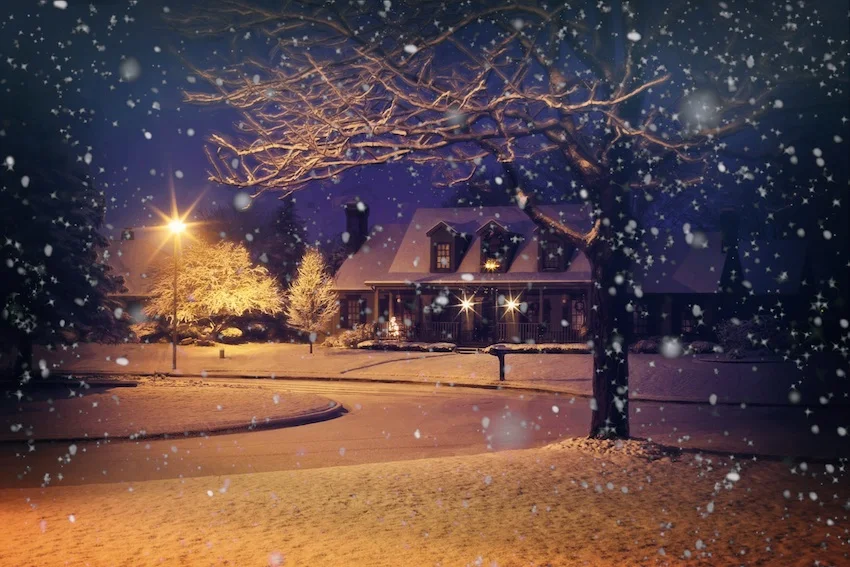Winterizing your home is a crucial part of annual home maintenance for any homeowner regardless of where you live in the country. Winterizing your home generally includes taking small preventative measures to protect your plumbing, heating/cooling, and exterior during the colder months of the year.
With over 30 years of property management experience, we know a thing or two about maintaining a home and it's property value. Below are some easy ways you can prepare your home for cold winter weather and keep things working order and avoid costly repairs in the spring.
Run Your Ceiling Fans in Reverse
Many homeowners don't realize it, but fans aren't just for cooling a room. They can also be used to push warm air down to floor level. Remember 5th-grade science class? Warm air rises and cold air falls. In the winter months, your ceiling fans can help keep that warm air where you need it most by running in reverse.
Run the fans in reverse
Change the direction to clockwise.
What direction is reverse on a ceiling fan? Clockwise.
Most ceiling fans have a switch allowing you to change the direction of the fan blades. This simple trick could save you up to 10% on your heating costs.
Use Door Draft Stoppers
The U.S. Department of Energy estimates that drafts can waste 5 to 30 percent of a home's energy usage. You can buy door draft stoppers online or in a home improvement store, or if you're crafty, you can make one yourself.
How to make a DIY door draft stopper.
This is a simple and highly effective way to keep your house warmer and also may help keep your thermostat from incorrect readings if located near a drafty door or window.
Lower the Thermostat While You're Away
Lowering your thermostat just one degree will save you 1-3 percent of your heating bill. Most modern thermostats have a programming feature, make use of it. Lower the temperature while you are out of the house for work each day and overnight while you are sleeping. It has been said that a temperature between 60-67 degrees is ideal for a good night's sleep.
If you're feeling particularly tech-savvy upgrade your old thermostat to a modern, energy-efficient model which you can conveniently control from your smartphone and while you are away from home as well. Some gas providers will offer discounts and rebates for energy efficient equipment.
Seal Up the Leaks
Buy a few tubes of calk and some weatherstripping and start sealing up your windows and doors to head off any cold air leaks into your house. The US Department of Energy reports that air leaks in a home can lead to a 5-30% drop in home efficiency each year, that adds up on your heating and air conditioning bills.
Seal Any air leaks
Air leaks can drop home efficiency by up to 30%!
In addition to the obvious spots like windows and doors, have a look at areas like fireplaces and chimneys, areas where wires and piping exit the home, and all along the home's foundation.
Have Your Fireplace Cleaned & Inspected
Throughout the year birds and other animals can make their way into your chimney building nests and wreaking havoc on your fireplace system. Each year before lighting your first fire a thorough inspection and cleaning will protect you from potential fire damage and ensure your fireplace is working properly throughout the colder months.
Bring the Plants Indoors
To prevent your potted plants from dying over the winter it is recommended that you bring them indoors before temperatures drop below 45 degrees. It will certainly save you time and money come spring when you don't have to purchase and replant from new.
Looking for more ways to winterize your home?
Download this home winterization checklist full of simple ways to protect your home over the winter.





